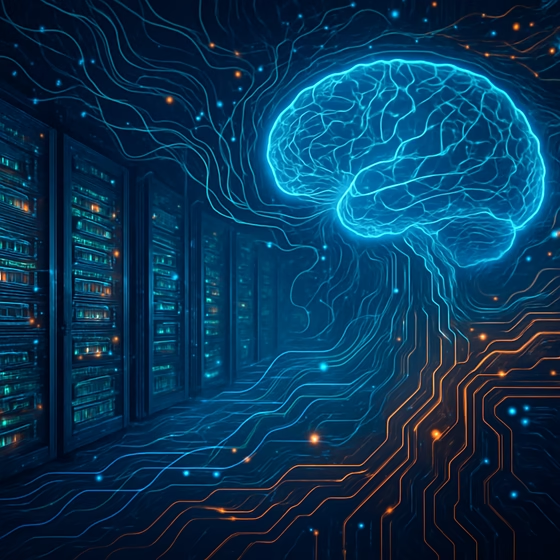GPT‑5 Launch: Inside the New AI Era
Artificial intelligence is no longer just the subject of science fiction—it’s the force behind search engines, smart assistants and the tools many of us use every day. In early August 2025, OpenAI announced its next‑generation language model, GPT‑5, releasing it to more than 700 million ChatGPT users [1]. While this upgrade may sound technical, its implications ripple far beyond the research labs and into our homes, classrooms and offices.
A Journey from GPT‑3 to GPT‑5
The road to the latest model has been remarkably short yet revolutionary. In just a few years, generative models evolved from an impressive text generation to an ability to understand images, code and complex queries. It promises expert‑level answers and more robust problem‑solving thanks to enterprise‑grade features and test‑time compute, which allocates more processing power for difficult problems[2]. Although early reviewers noted that improvements are subtler compared with earlier jumps, the model offers greater reliability and customization options for businesses and developers.

OpenAI’s rollout also coincides with a surge in global AI investment. Major technology companies plan to spend nearly $400 billion building data centers and acquiring hardware for generative AI[1]. The stakes are so high that top AI researchers now command signing bonuses nearing $100 million[1]. For many startups and established firms, the latest model is a platform for innovation—but it’s also part of an intensifying arms race.
